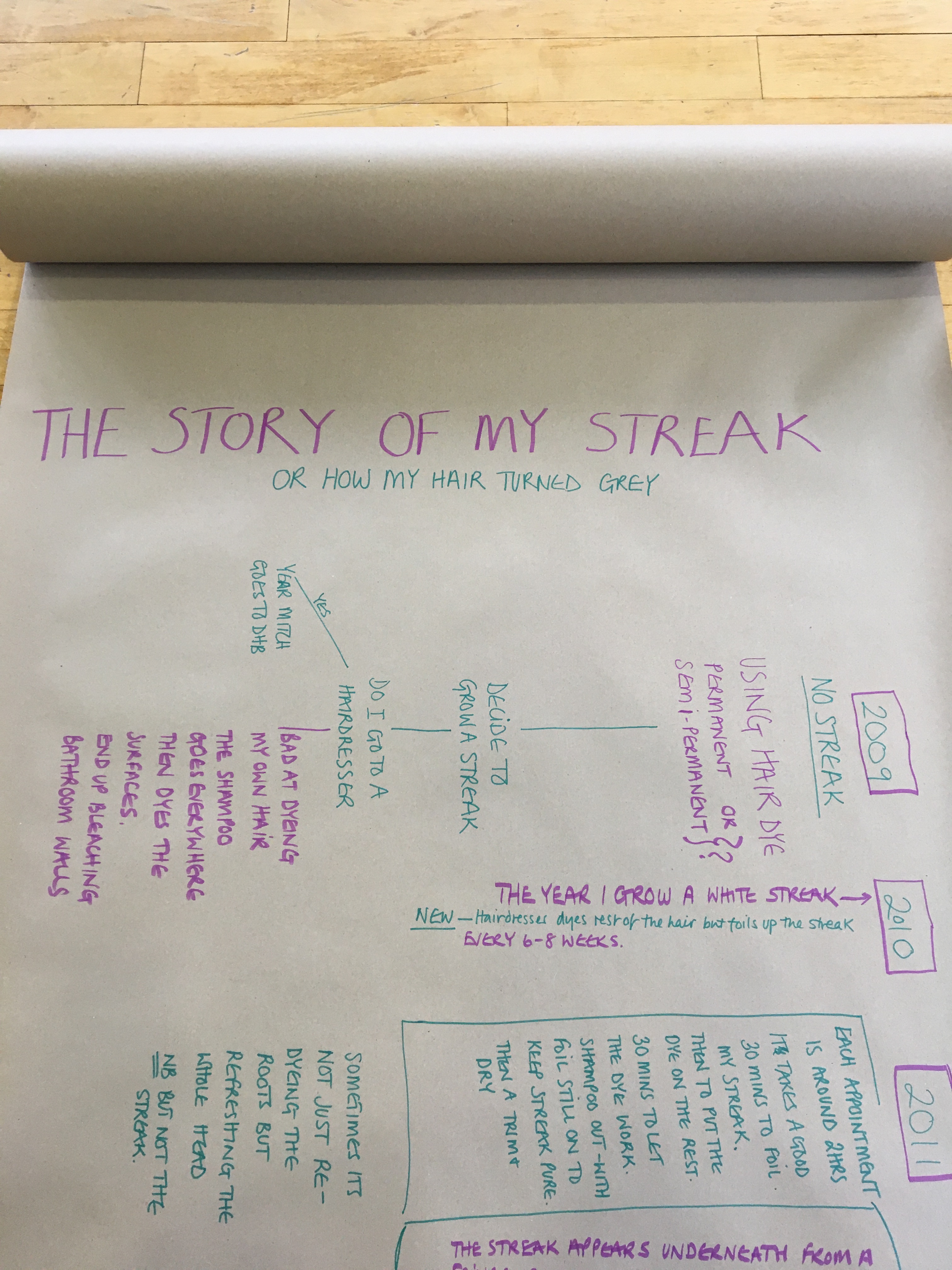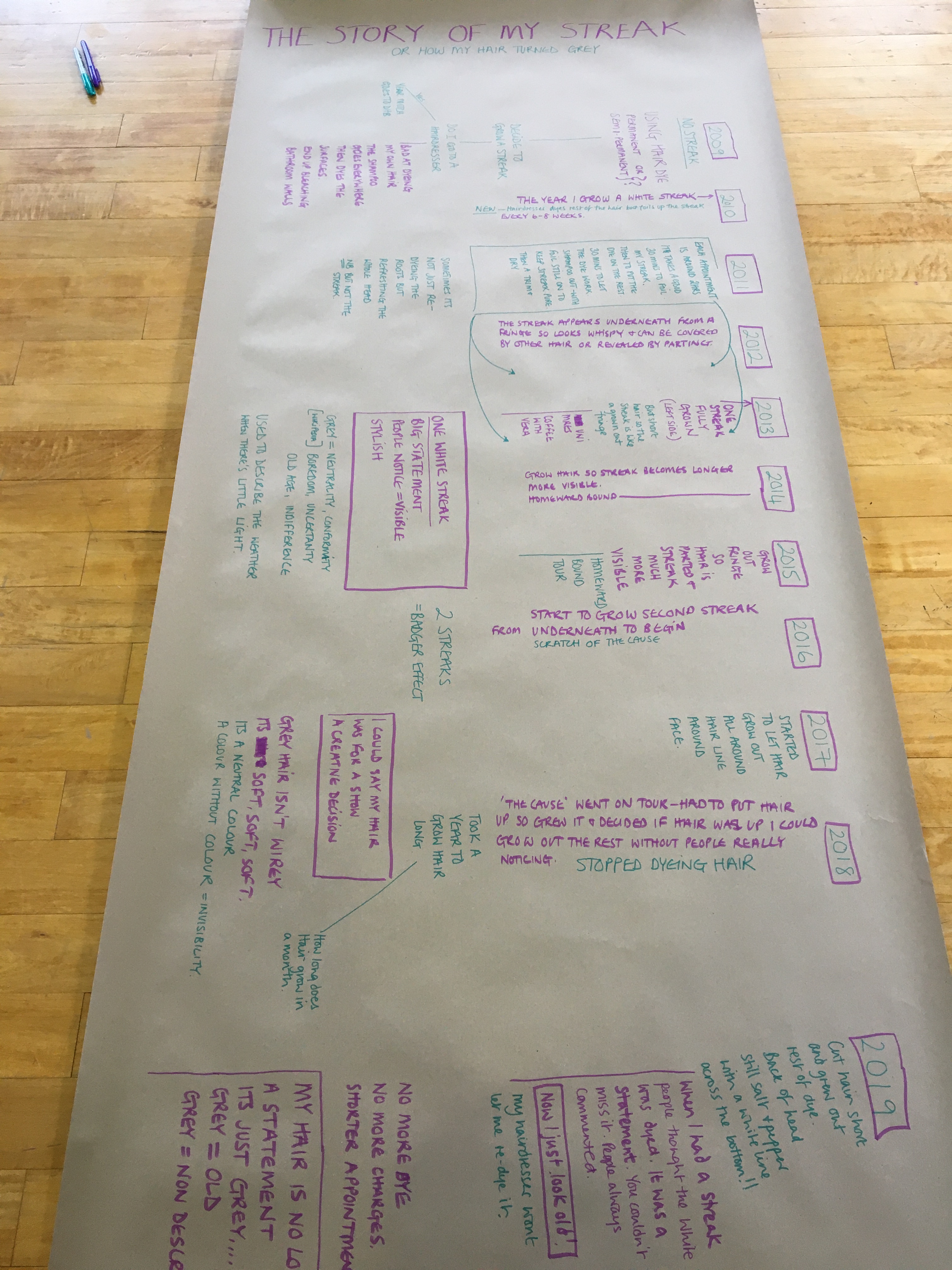Last week I had the luxury of being in a rehearsal room, by myself, to start developing a new show. Saying ‘by myself’ is a bit of a lie because even though, at this stage it may be a solo show there was a collection of voices in the room with me.
I am a 2020 Lab Associate at the Theatre Royal Plymouth and I have to deliver a show in August next year so I have got the ball rolling, so to speak.
My starting off point comes from this 2012-2015 data from Purple Seven and their Audience Profiler tool; 65% of theatre audiences are female and then, according to their recent analysis from post show surveys, a large portion of that comes from 45-65 age group. Yet, those women [the 45-65 group] very rarely see their stories onstage. It’s around this time in life that women can start to feel invisible and not seeing themselves represented onstage [and also on screen] just adds to this feeling, surely. In 2014 Lyn Gardner wrote “Given that women make up just over half of the population and buy more theatre tickets than men, the industry is shooting itself in the foot if it fails to commit to real change. In the end, we women will simply vote with our feet.” Lyn Gardner 2014 The Guardian.
Why do they not see themselves onstage? Historically the writers have been male and the new generation of female writers are writing stories about young women, yes that’s a broad generalisation, I recently appeared in a show [written by a woman] about two women in their 50s & 60s but that is pretty rare and anyway… you get the gist.
So I am going to start to pick this apart and try to create something that speaks to this large group of ticket buyers but also appeals to other theatre goers.
Speaking to some of the guys who visited me in the room it was interesting to get their take on this feeling of invisibility, the young Plymouth Conservatoire students I spoke to seemed to know from their own mothers. To try to get to the heart of what it’s about – this invisibility – I was given a provocation…to make a timeline of my hair going grey!
This what I noted
- I decided to grow a streak first – my hair was a lot lighter [in terms of grey] at the temples so I chose one side to grow out whilst I had a fringe and I chose the underneath part of the hair so it could be hidden at times.
- It took three years to fully grow a streak, people thought the streak was dyed and the rest was natural when in fact it was the other way around.
- The streak made me feel stylish, it was a big statement and people would notice it = visible.
- I then decided to grow another streak on the other side, same way but this time it had a badger effect
- so, went for the full on grey halo effect, letting the rest of my hair line at the front grow out, the hair at the back wasn’t as grey so we kept it like this [when I say ‘we’ I mean my hairdresser and I]
- When I had the opportunity to grow my hair for a theatre role I decided to stop dying my hair to see what happened, putting my hair up would possibly hide the re growth.
- Once the job was finished I cut my hair, which took away most of the old dye leaving a mismatch of various shades of grey.
- It’s taken ten years in total and I now feel like the invisibility is total, maybe I can just dye my hair again and bring back the streak.



